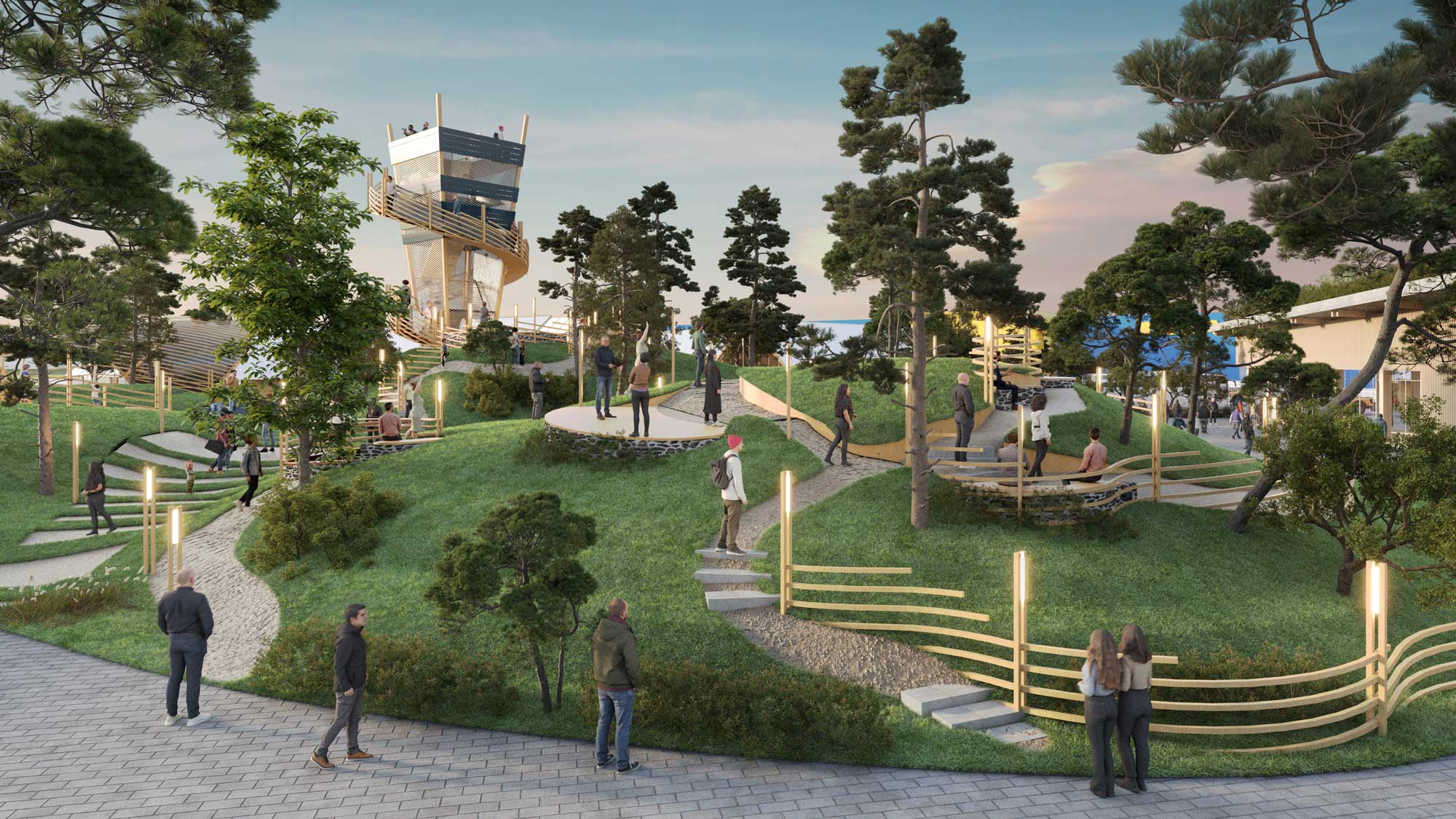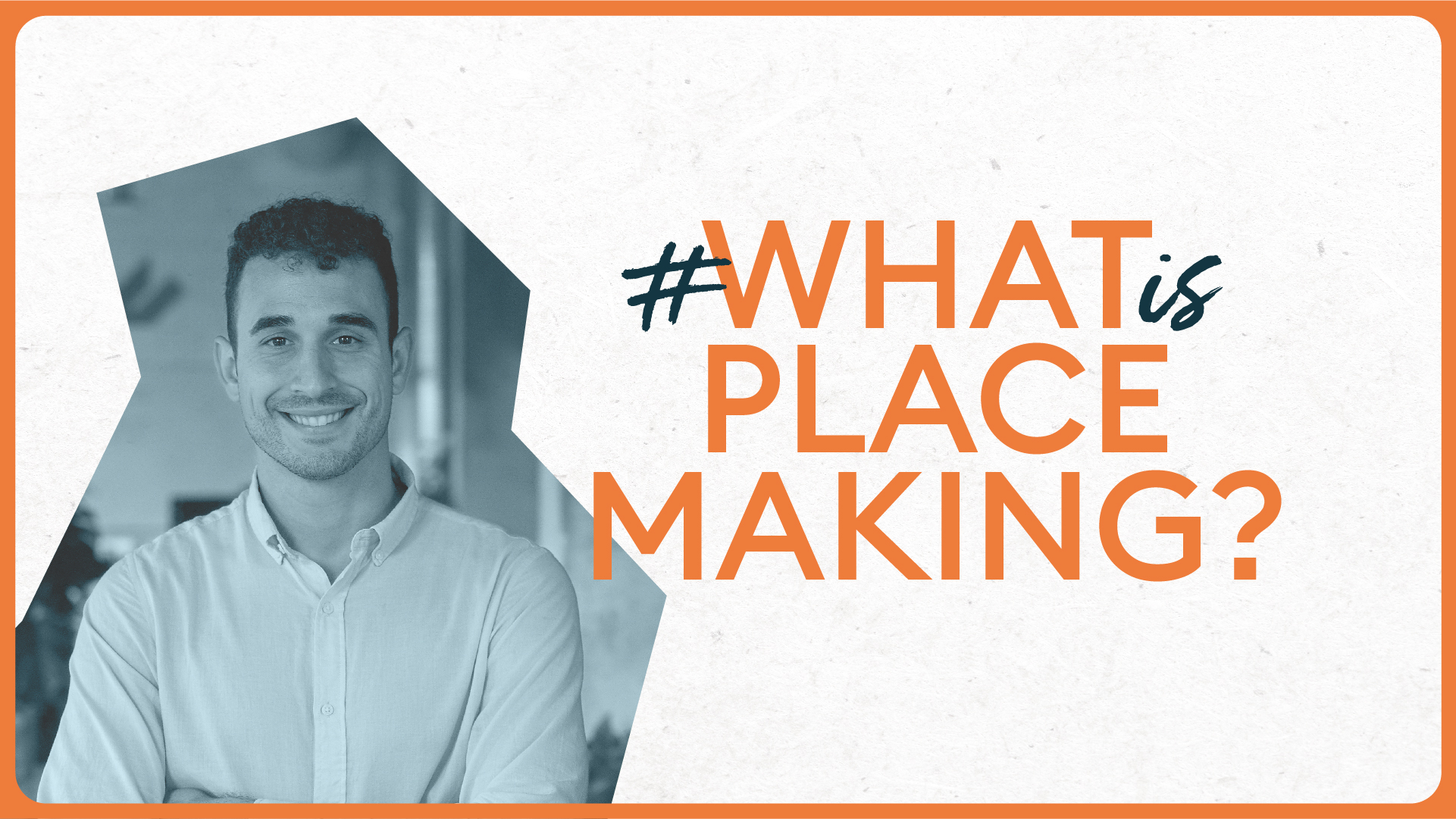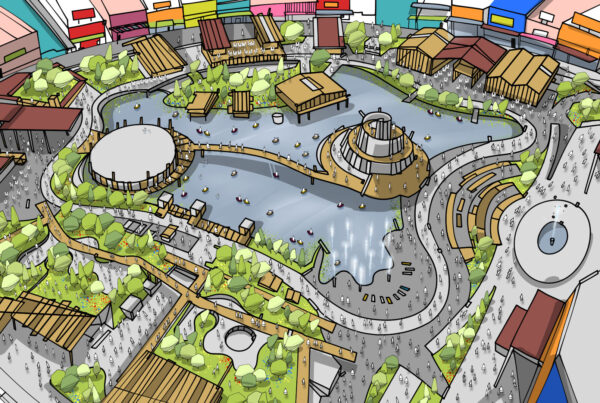Definition of placemaking
Placemaking is an innovative approach to urban design and planning that prioritizes the needs and experiences of people who use public spaces. It aims to create environments that are not only functional but also aesthetically pleasing and meaningful, enhancing the quality of life for residents and visitors. By involving community members in the design process, placemaking fosters a sense of ownership and connection to the space.
Key principles of placemaking
- Community-Driven: Successful placemaking involves collaboration with local communities, ensuring that their needs and desires shape the development of public spaces.
- Functionality and Flexibility: Spaces are designed to be versatile and adaptable, catering to a variety of uses and events.
- Inclusivity: Placemaking efforts strive to create spaces that are accessible and welcoming to all members of the community.
- Beauty and Meaning: Beyond functionality, placemaking focuses on creating visually appealing spaces that hold cultural and emotional significance for the community.
Examples of placemaking
The Impact of place making
Placemaking has the power to transform urban areas, turning them into lively, engaging, and sustainable environments. It supports economic development by attracting businesses and tourism, enhances social cohesion by providing spaces for people to connect, and promotes environmental sustainability through the integration of green spaces.
Placemaking is a holistic approach to urban design that creates spaces where people can live, work, and play in harmony with their surroundings. By focusing on the needs of the community and involving them in the process, placemaking not only improves the physical environment but also strengthens the social fabric of cities.







